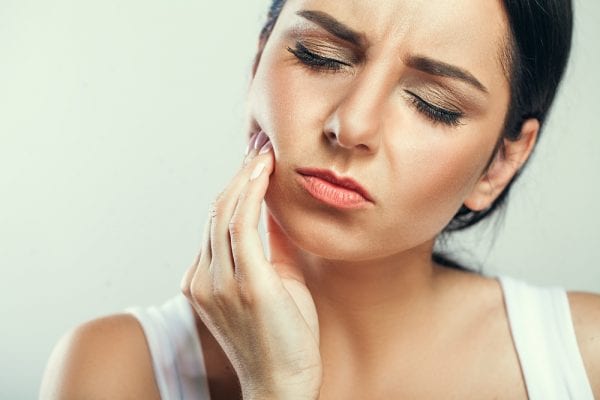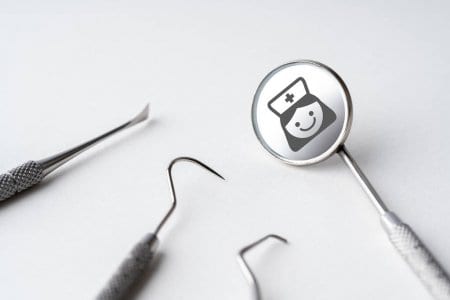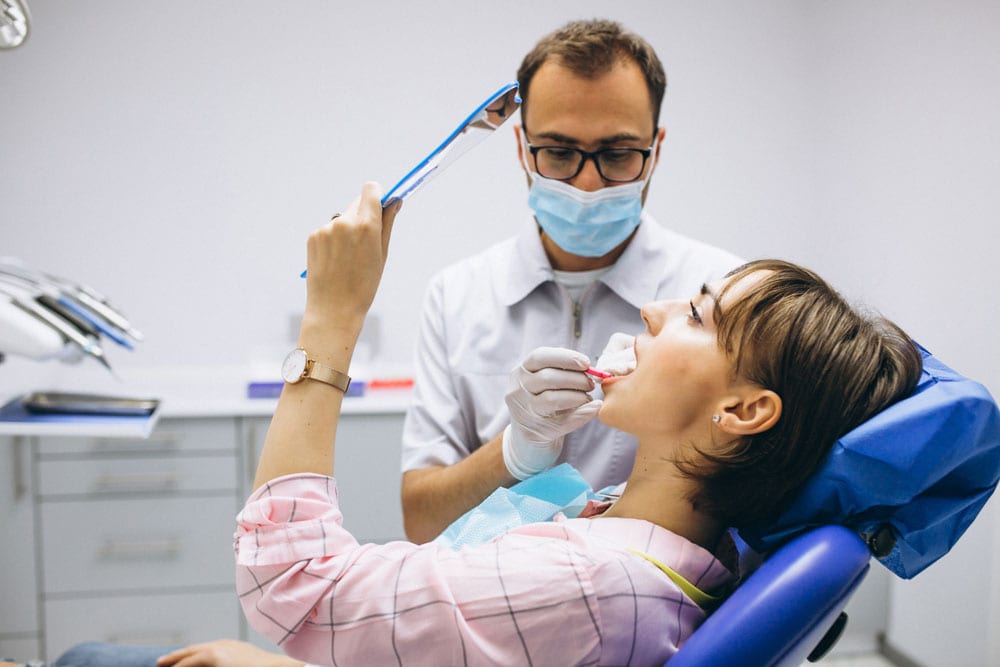Primary teeth begin to show up by the time your little one turns six months old. Teeth erupt through gums in between six and twelve months. Babies will eat and chew a lot through the initial stages of teething, so your little one’s teeth need to be checked often. If your little munchkin has yellow or gray teeth then it may be time to visit the dentist. Not many people know that tooth discoloration is a major dental issue among toddlers too. Yellowed or discolored teeth can ruin your toddlers smile and it can also affect his or her confidence level while growing up. There can be a number of reasons behind tooth discoloration in toddlers. Read on to find out the possible causes of yellow teeth and what you can do about it.
In the early stages of discoloration, the shine fades and teeth begin to look sticky or greasy. You may notice yellow, brown, or gray stains appear on the surface of the teeth. The yellow stain may seem like a thick cast. There may also be some signs of enamel erosion. Tooth discoloration in toddlers is often a cause for concern among parents as it may be an indicator of many different problems.
Causes Of Discolored Teeth
The reason behind tooth discoloration may vary from child to child but it is better to seek the advice of your dentist regarding this problem before making assumptions.
Early Tooth Decay
Improper dental hygiene habits can lead to plaque formation and yellowing. Parents should wipe their baby’s gums with a soft cloth and brush their baby’s teeth as soon as their first tooth comes in to ensure development of healthy baby teeth. Follow a good oral care routine for your toddler and teach your kid to brush and floss from an early age to avoid early onset of tooth decay.
Excessive Soda And Fruit Juice Consumption
Stained baby teeth is often the result of one too many sugary beverages or from acids in soda that are known to cause tooth deterioration. The dark compounds in cola, cranberry and grape juice and root beer can put your toddlers’ teeth at risk of staining. Parents should avoid giving their children sugary juices and they should never put babies to bed with bottles full of beverages. It is bound to cause teeth staining, enamel erosion, and even tooth decay.
Medications
Your child may have stained teeth from prolonged use of antibiotics and antihistamines. Antibiotics cause tooth calcification leading to teeth graying or yellowing. Certain supplements like liquid iron or even iron in multivitamins can also cause dark staining in your baby’s teeth. There are some medications that can prevent the normal production of saliva, which can lead to plaque build-up and yellowing. Thankfully such surface stains can be removed by a dentist. A child whose mother had to take certain antibiotics, like tetracycline, during pregnancy may also get discolored teeth fairly quickly.
Illness Or Infection
Sometimes, a change in the color of the teeth may often be the result of more serious illnesses, like recurring infections, jaundice or heart disease. Even blood or liver diseases can stain the teeth over a long period of time. However, this is rare, and illnesses should always be checked with and treated by a doctor.
Tooth Injury
Trauma injury to the tooth that reaches the gums can turn your tooth a permanent grayish color.
Fluoride consumption
Excessive fluoride in tap water or toothpaste often causes brown spots or white streaking on the surface of the teeth.
Treatment For Tooth Discoloration In Toddlers
Make sure to take your child to the dentist as soon as the first tooth erupts. An early dental appointment will help tackle issues with the formation of the teeth or with any other oral health problems. This also ensures good oral health and healthy adult teeth in the future. To fix any tooth discoloration, you can take your little one to the dentist for a professional treatment. Your family dentist may use bleaching oxides depending on the reason of the stain. The bleaching techniques include in-office bleaching or whitening strips treatment. He or she will also check for gum infection and if the staining is due to severe health conditions like fluorosis, your dentist may opt for pumice treatment or even attach a cap to the teeth.
Make sure you brush your baby’s teeth twice every day, as soon as the first tooth comes in. Cleaning the baby teeth is necessary because when the first tooth erupts bacteria start working to form plaque. Babies can get cavities too, just like adults, so cut back on sugary beverages for your child. Always continue to check on your baby’s teeth and it is wise not to ignore any worsening dental problems your baby displays. Tooth discoloration cannot be reversed by extra tooth brushing; so contact a dentist as soon as possible if issues do arise.




